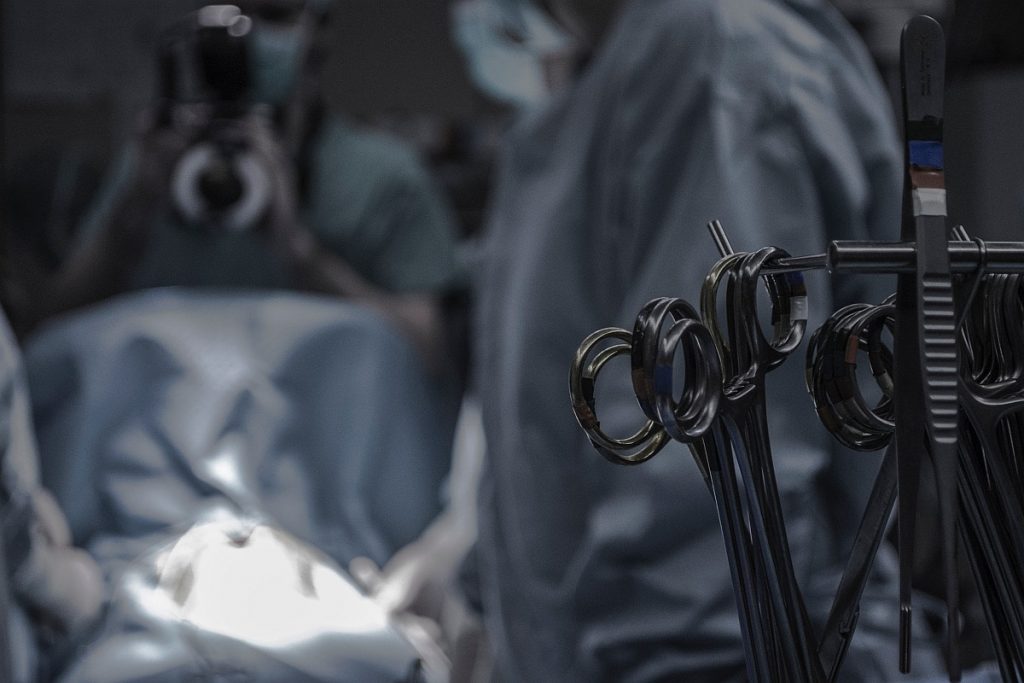Robotic IVC Thrombectomy Safe, Effective Treatment for Kidney Cancer, Study Shows
Robotic IVC thrombectomy, a kidney surgery for the removal of cancer from the vena cava vein, is in no way inferior to the standard open IVC thrombectomy, a new study has revealed. It suggests that robotic IVC thrombectomy was a highly safe and effective alternative approach. The study was conducted by the researchers at the Mays Cancer Center and Department of Urology at UT Health San Antonio, in the US. The study was published in the Journal of Urology.The effects of kidney cancer are not just limited to kidneys and can invade the body’s biggest vein, the inferior vena cava (IVC), in advanced stages. The IVC carries blood out of the kidneys back to the heart. And there’s a fair chance that cancer may even infiltrate the liver and heart through the IVC.The findings of the recent study are based on the systematic review and meta-analysis of data from 28 studies that enrolled 1,375 patients at different medical centres. Of these, 439 received robotic IVC thrombectomy whereas 936 had open surgery.”Open surgery has an excellent success rate, and most cases are performed in this manner. But now, with the robotic approach, we can achieve similar results with smaller incisions. Therefore, we need to study the implications of utilizing this newer approach, ” said Dharam Kaushik, senior author of the study.Patients whose surgeries were conducted using the robotic method developed fewer complications compared to those who had open surgery. Only 18 percent of robotic patients required transfusions compared to 64 percent of open patients.Only 5 percent of robotic IVC thrombectomy patients experienced complications such as bleeding in comparison to 36.7 percent of open thrombectomy patients.This study is the largest meta-analysis of the outcomes of robotic versus open IVC thrombectomy. Researchers said that the findings were encouraging about the future of robotic surgeries. “Optimal candidacy for a robotic surgery should be based on a surgeon’s robotic expertise, the extent and burden of the tumour, and the patient’s comorbid conditions,” Kaushik said.However, he added that the open surgical approach continues to be the “gold standard” for achieving excellent surgical control.The study was conducted in collaboration with Memorial Sloan Kettering Cancer Center, New York; Cedars-Sinai Medical Center, Los Angeles; and the University of Washington, Seattle.

Robotic IVC thrombectomy, a kidney surgery for the removal of cancer from the vena cava vein, is in no way inferior to the standard open IVC thrombectomy, a new study has revealed. It suggests that robotic IVC thrombectomy was a highly safe and effective alternative approach. The study was conducted by the researchers at the Mays Cancer Center and Department of Urology at UT Health San Antonio, in the US. The study was published in the Journal of Urology.
The effects of kidney cancer are not just limited to kidneys and can invade the body’s biggest vein, the inferior vena cava (IVC), in advanced stages. The IVC carries blood out of the kidneys back to the heart. And there’s a fair chance that cancer may even infiltrate the liver and heart through the IVC.
The findings of the recent study are based on the systematic review and meta-analysis of data from 28 studies that enrolled 1,375 patients at different medical centres. Of these, 439 received robotic IVC thrombectomy whereas 936 had open surgery.
“Open surgery has an excellent success rate, and most cases are performed in this manner. But now, with the robotic approach, we can achieve similar results with smaller incisions. Therefore, we need to study the implications of utilizing this newer approach, ” said Dharam Kaushik, senior author of the study.
Patients whose surgeries were conducted using the robotic method developed fewer complications compared to those who had open surgery. Only 18 percent of robotic patients required transfusions compared to 64 percent of open patients.
Only 5 percent of robotic IVC thrombectomy patients experienced complications such as bleeding in comparison to 36.7 percent of open thrombectomy patients.
This study is the largest meta-analysis of the outcomes of robotic versus open IVC thrombectomy. Researchers said that the findings were encouraging about the future of robotic surgeries. “Optimal candidacy for a robotic surgery should be based on a surgeon’s robotic expertise, the extent and burden of the tumour, and the patient’s comorbid conditions,” Kaushik said.
However, he added that the open surgical approach continues to be the “gold standard” for achieving excellent surgical control.
The study was conducted in collaboration with Memorial Sloan Kettering Cancer Center, New York; Cedars-Sinai Medical Center, Los Angeles; and the University of Washington, Seattle.



